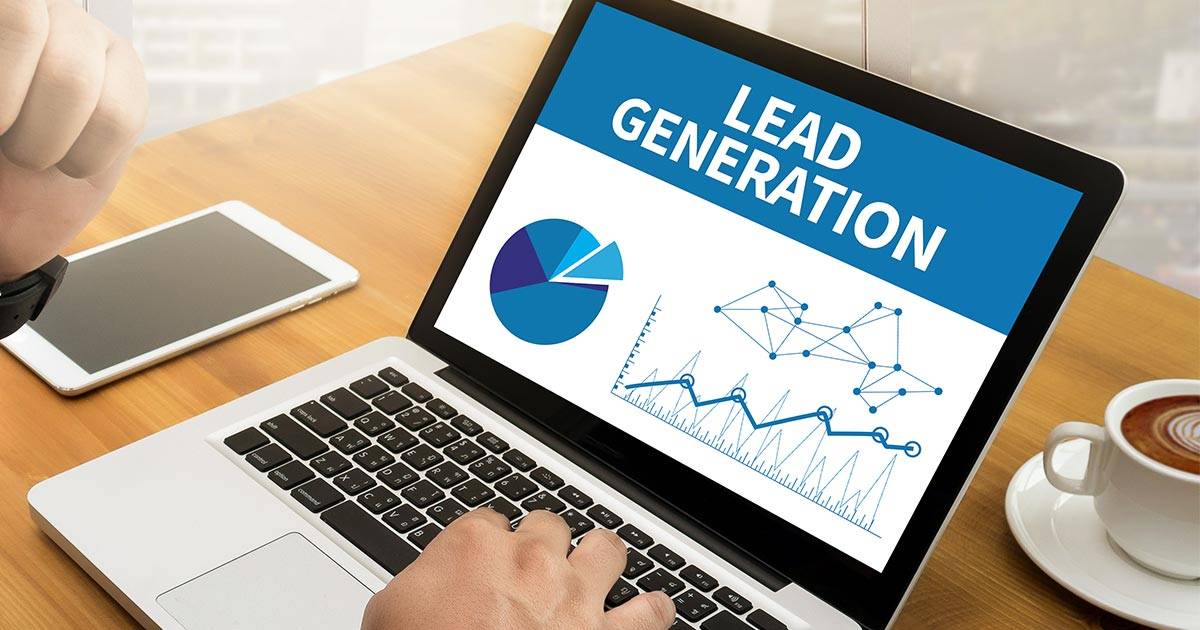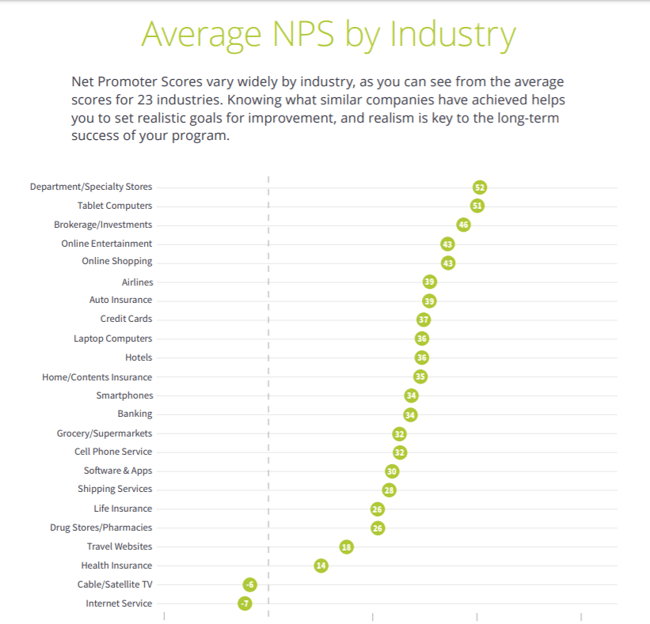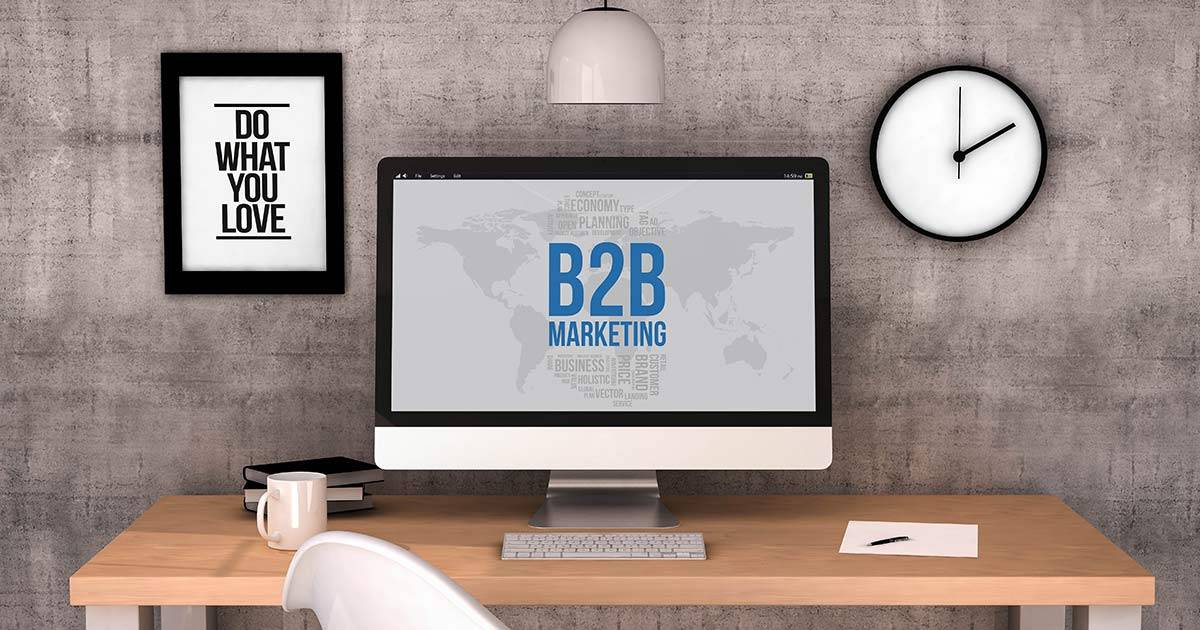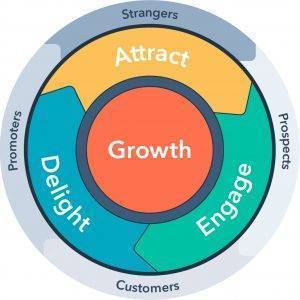A lead is a potential customer who has expressed interest in your product or service. Lead generation is the process of attracting and converting strangers and prospects into someone who has indicated an interest in your company.
A successful digital marketing strategy should include some form of lead generation. It will target consumers at every stage of the buyer’s journey, from Awareness (top of the funnel) to Consideration (middle of the funnel) to Decision (bottom of the funnel).
Benefits of lead generation include:
- Increased sales: By generating more leads, you’ll have a larger pool of potential customers to sell to.
- Cost savings: Lead generation is often more cost-effective than traditional advertising methods like print or TV ads.
- Brand awareness: Generating leads can help create brand awareness and name recognition for your business.
- Improved customer Service: By generating leads, you can gather valuable information about your target market and their pain points. This information can be used to improve your customer service.
How to Generate Leads
There are a number of ways to generate leads. Here are a few lead generation ideas to get you started:
- Create a landing page
A landing page is a special type of website page that’s designed to convert visitors into leads. Landing pages usually have a form that visitors can fill out to request more information or sign up for a newsletter. One thing to note is the importance of relevance and quality of the landing page. Web design and website performance are also important aspects to convert website visitors into leads. If your website sucks it won’t convert! - Run a contest or offer a freebie:
Running a contest or offering a freebie is a great way to generate leads. People love free stuff! Therefore this is an effective way to get people’s attention and get them to give you their contact information. Just make sure that your contest or freebie is relevant to your business and that it’s something that your target market would be interested in. - Use social media:
Social media is a great way to generate leads. You can use social media platforms like Facebook, Twitter, and LinkedIn to post relevant content that will attract your target market and encourage them to contact you for more information. You can also use social media ads to target specific audiences and generate leads. - Attend or host trade shows and events:
Attending trade shows and events is another great way to generate leads. You’ll have the opportunity to meet face-to-face with potential customers and show them what your company has to offer. Just make sure that you’re attending events that are relevant to your business and that your target market will be in attendance. - Partner with other businesses
partnering with other businesses is a great way to generate leads. You can team up with complementary businesses to co-sponsor events or discounts, which will help you reach new audiences and generate leads. Make sure that you choose partners wisely and that they share the same values as your company.
Where to begin with Lead Generation
Lead generation is a dark art. When it comes to Marketing in the Digital Age, you need to understand your customer, and the issues or problems they may be facing. Sometimes this requires outsourced help – especially if you’re busy. Engaging an Expert in the field of Digital Marketing can pay dividends in the long run. If you choose a marketing agency that is right for your business – they will return you far more than they will cost. Lead generation – like anything in the digital world, when done well it is an investment.
There are many benefits of lead generation, including increased sales, cost savings, brand awareness, improved customer service, etc… If you’re looking for ways to generate leads, there are many options available. The key is to do your research. Make sure any offers or freebies etc are relevant to your business and audience so that you can generate quality leads that convert into customers or clients. Thanks for reading!










![What is Hubspot? [VIDEO]](https://www.back9.co.nz/b9/wp-content/uploads/2021/12/Hubspot.jpg)
 Funnel to Flywheel: The Buyer’s Journey Is Now a Circle
Funnel to Flywheel: The Buyer’s Journey Is Now a Circle